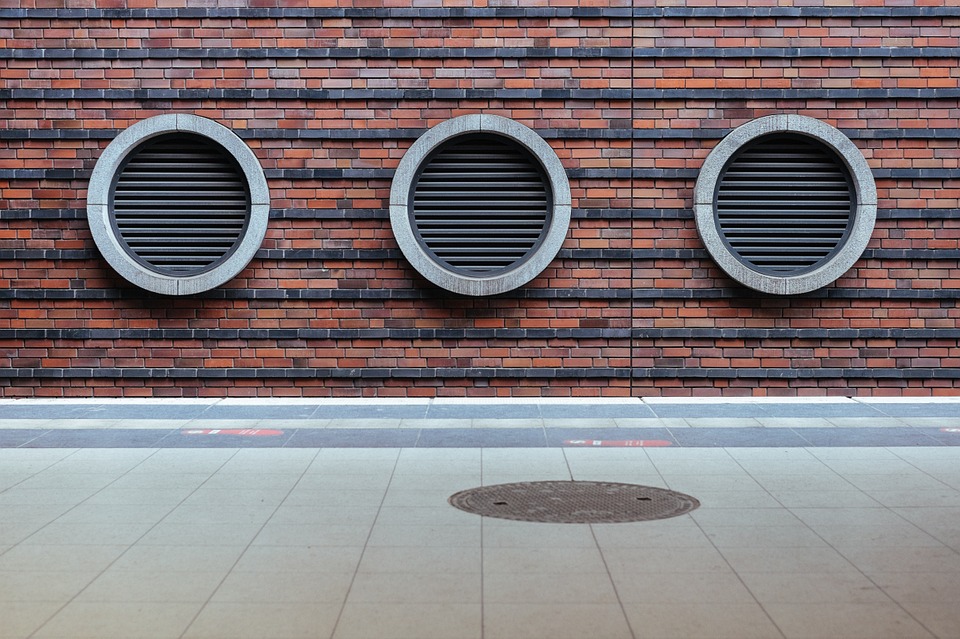Natural ventilation uses natural forces of buoyancy and wind to move fresh air into buildings. Natural pressure differences between different parts of the building drive fresh air into buildings. The fresh air, in turn, provides oxygen for inhalation, alleviate odors and regulate temperatures. Advantages of natural ventilation systems include increased effectiveness at eliminating humidity of the incoming air and reduced energy consumption.
Types of natural ventilation
1. WIND DRIVEN
As winds blow across a building, it hits the windward wall creating a direct positive pressure. The wind then moves around the building and finally leaves the shielded wall with a negative pressure (sucking effect). If openings on the leeward and windward walls, fresh air will be sucked through the openings on the windward before leaving through the sheltered wall openings so as to balance pressure inside and outside the building.
2. Buoyancy ventilation
Stack Ventilation is induced by humidity (referred to as cool-tower) or temperature (called stack ventilation). Air given off by computers and building occupants is at a higher temperature and hence less dense. It rises in buildings while cooling air is drawn in from the openings, usually situated at a lower level. Stuck Buoyancy ventilation, therefore, doesn’t …

